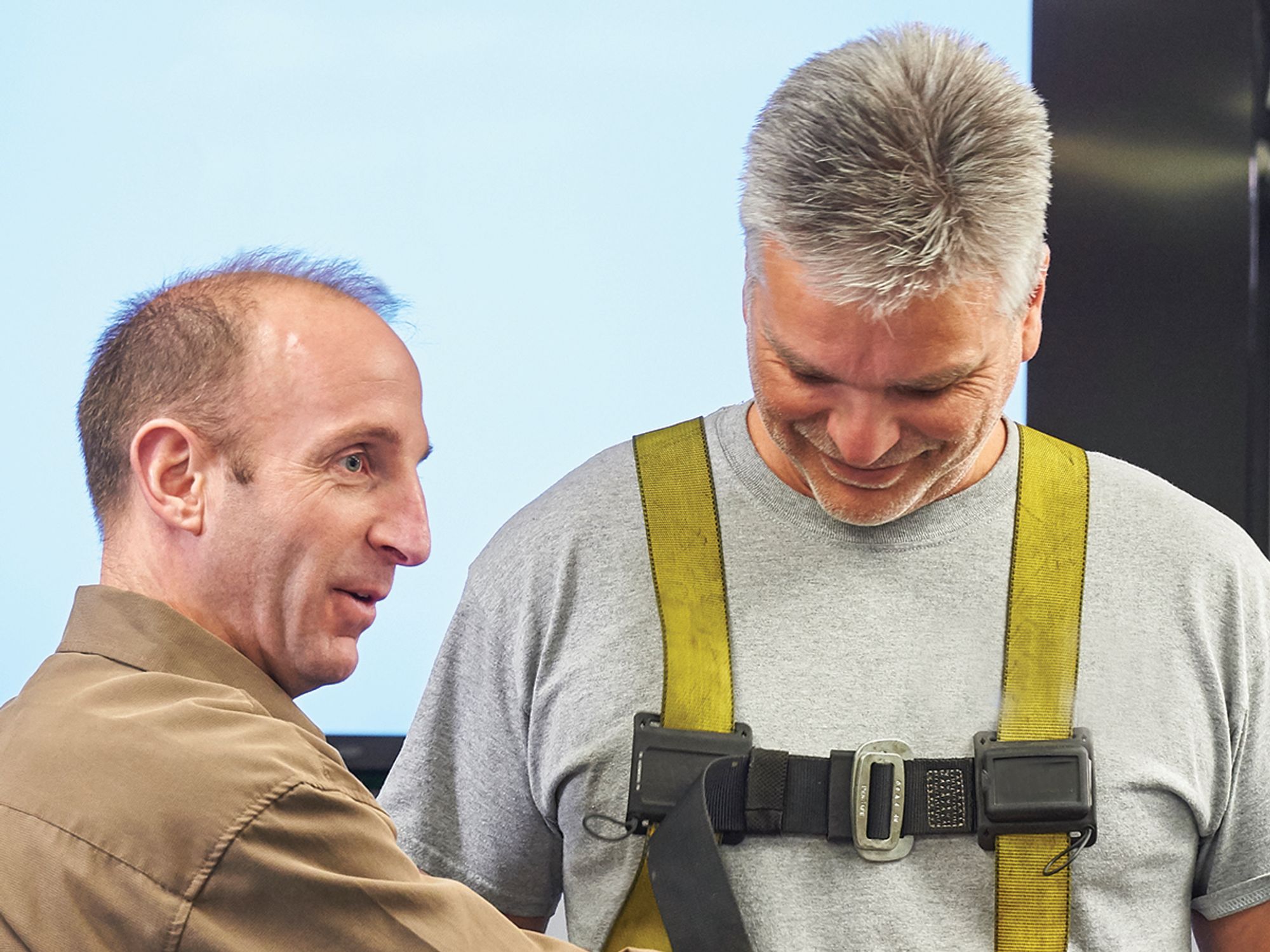Understanding adult learners

- Company training programs should include content for visual, auditory, and kinesthetic learners.
Adult learners are typically more motivated when the course content is relevant to immediate interests and concerns. Workers want more than facts and would rather receive information presented through problem-solving situations. Finally, employees will want to apply new skills soon after the skills are learned.
Learning styles
Learning styles categorize how adults take in and process information.
- Visual learners learn by seeing. Effective training tools include videos, PowerPoint presentations, diagrams, computer-based training programs, handouts, or any material that includes illustrations. Visual learners may like to take notes during lectures.
- Auditory learners learn by hearing. Effective training tools include lectures, discussions, question and answer periods, or anything that gets the class talking. Auditory learners may like to make tape recordings of class sessions.
- Kinesthetic learners learn by doing. Effective training tools include participating in demonstrations, role-playing exercises, or any exercises that involve trying out new skills. Kinesthetic learners may want to volunteer to participate in class activities.
Effective training programs address each learning style and avoid long lectures or endless presentations. Training should be designed to present material on a topic and then break up the class with brief discussions, exercises, demonstrations, quizzes, games, or other activities to reinforce the content and draw out questions before moving on to the next topic.
